20 hilarious facts about animals
From butt-breathing turtles to hand-holding otters, these hilarious animal facts will make you laugh, gasp, and marvel at nature’s weirdest wonders
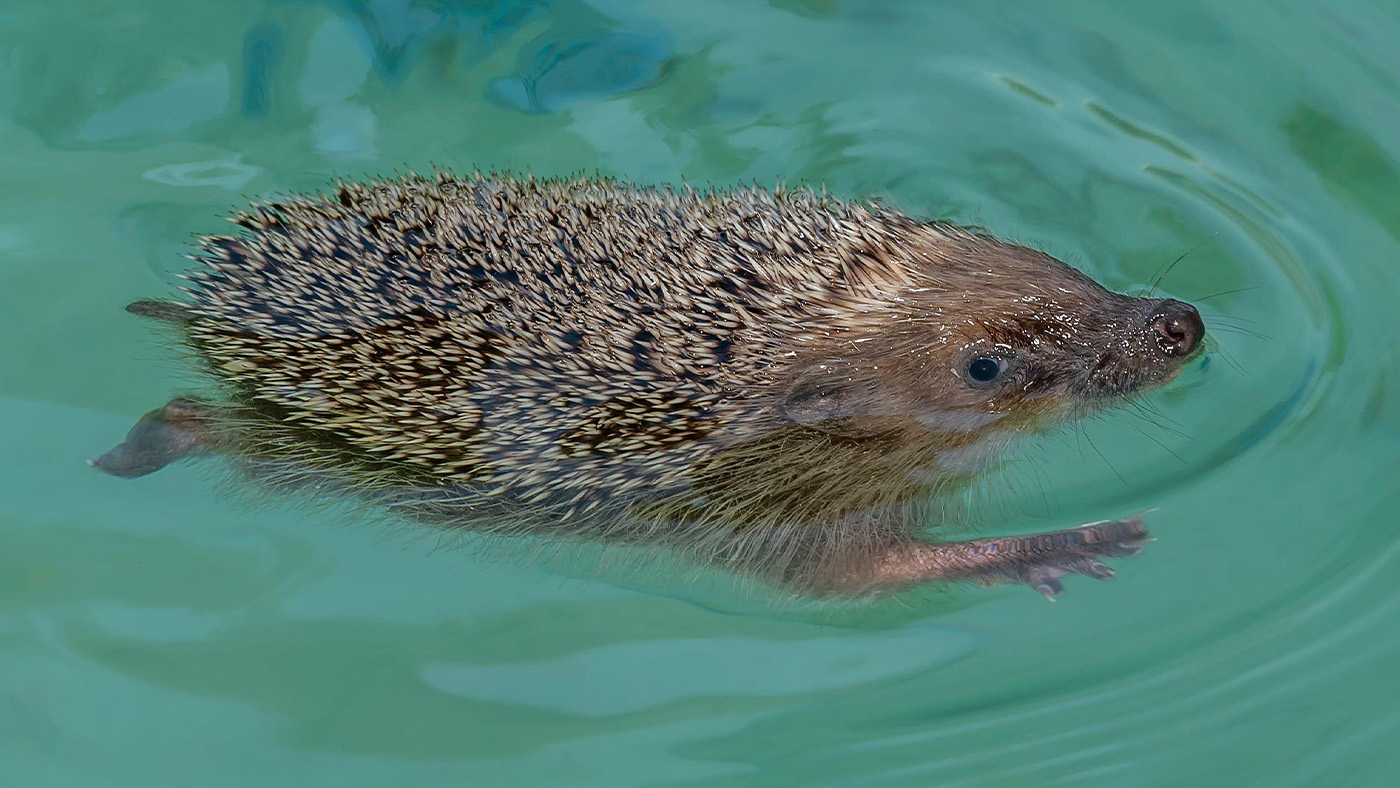
They say that animals don’t like us laughing at them, but sometimes we have to stifle a giggle because they can be just downright hilarious. We defy you not to laugh at the thought of a hedgehog doggy-paddling across a swimming pool (surprisingly streamlined), or to coo over the concept of otter couples sleeping with their paws linked.
Or perhaps it’s the soap opera-style acting prowess of the snake that plays dead or the idea that a turtle can use its butt to breathe. True, some of these facts are more weird and wonderful than roll-on-the-floor funny, but most of them will simply blow your mind – you can’t help but drop your jaw at the marvels of the animal kingdom.
Let’s take a look at some hilarious facts about animals.
Hilarious facts about animals
1. Male seahorses get pregnant

More extraordinary than laugh-out-loud funny, but seahorse pregnancy is surely one to make you gape.
An elaborate seahorse courtship dance precedes a unique adaptation whereby the male ends up carrying and giving birth to live young. (Well, almost unique; sea dragons do the same).
The female seahorse lays her eggs in a pouch in the male’s abdomen, where they are fertilised and incubated until he gives birth to as many as a thousand ready-to-go baby seahorses into the ocean. Alas, very few survive, hence the need for such large numbers.
2. Wombats poop cubes
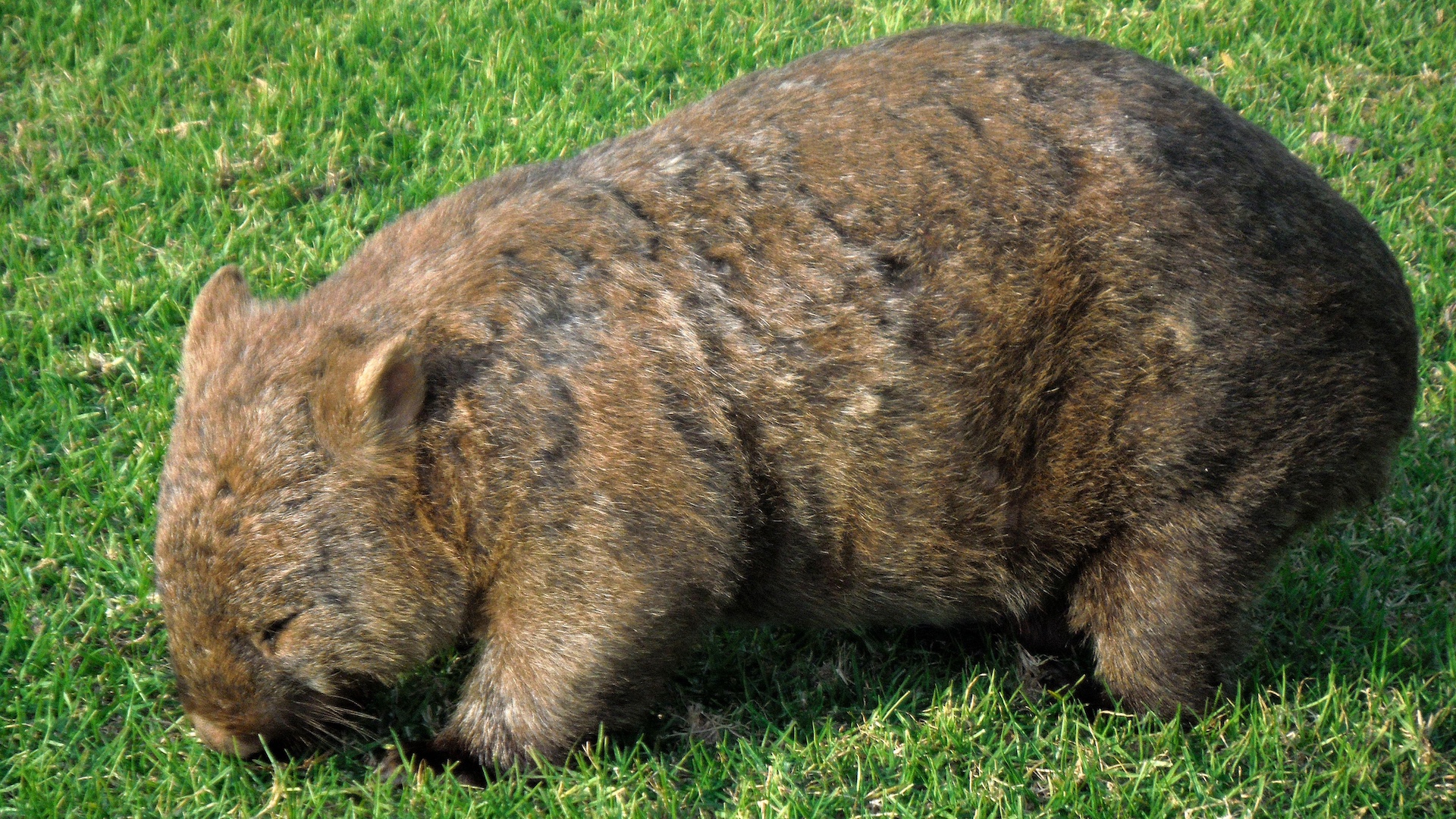
Square poos are a thing – in wombat world. So neat and tidy! Its thanks to the varied elasticity of the Australian marsupial’s digestive tract, that they deliver their dung in 2cm cube-shaped poops – up to a hundred a night.
Get the best advice, tips and top tech for your beloved Pets
These fastidious creatures collect the cubes to stack up neatly into piles which they use to mark their territory, and the square-shape prevents them from rolling away.
3. Goats have accents
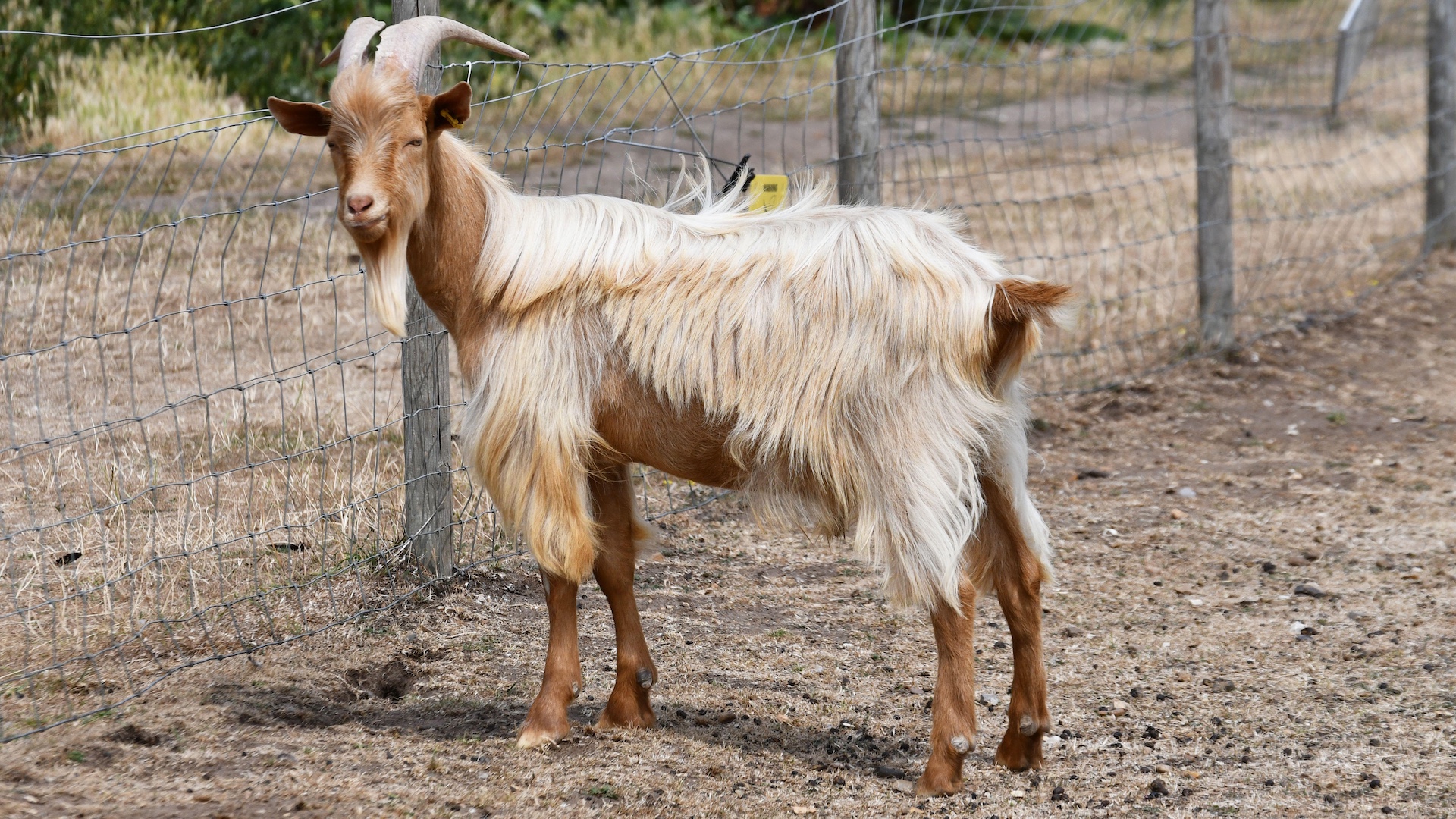
Can you tell a “maa” from a “meh”? Research on goats has found that kids are able to modify their bleats according to their social environment – which is as close to a local accent as you can get in the animal kingdom.
While humans have very well developed “vocal plasticity” (the ability to produce different sounds and accents), in other mammals it is much more likely to be genetic rather than a social response.
However, goats are among the very few that do develop similar accents to their peers.
4. Some cats are allergic to humans
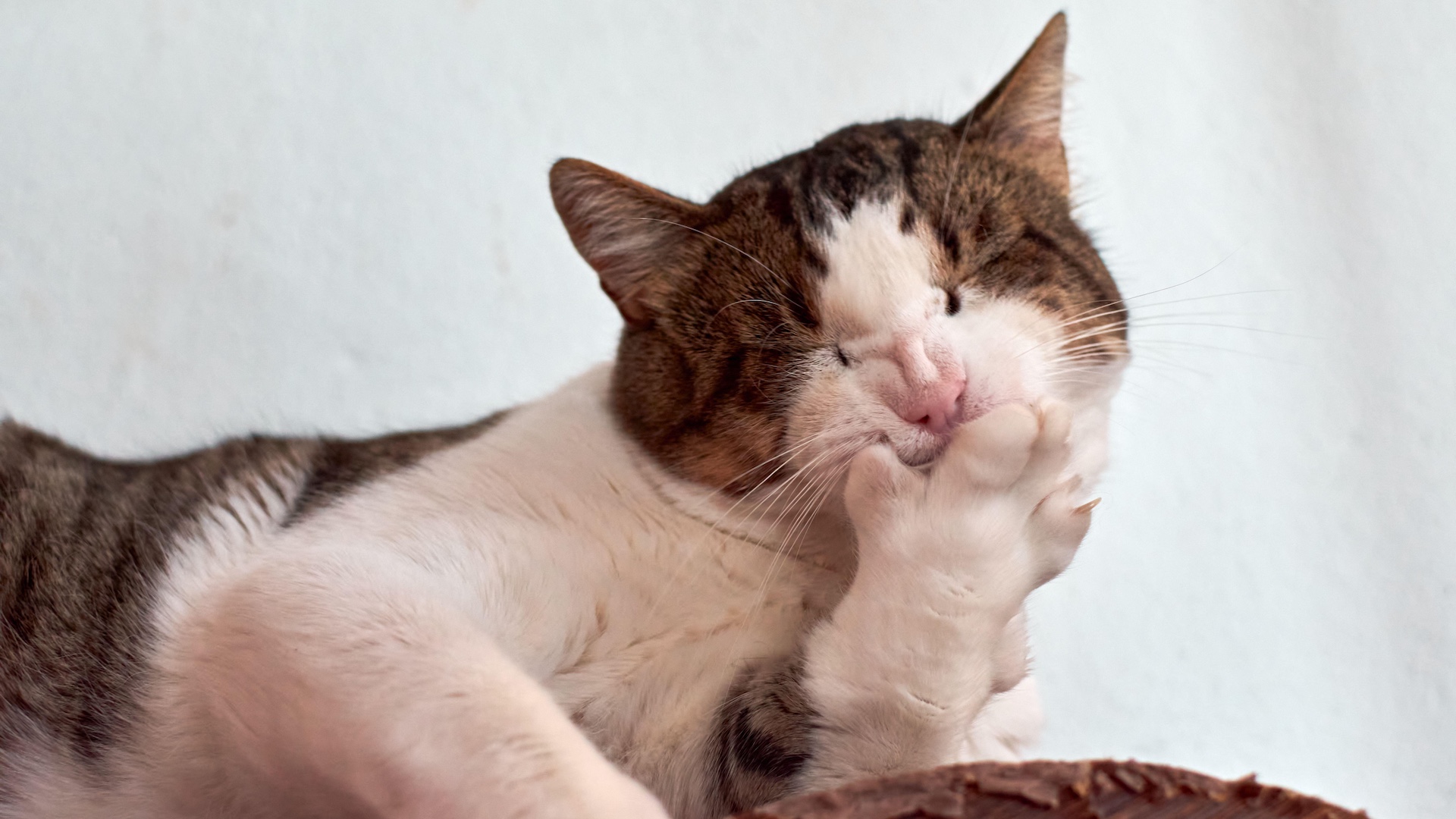
Of course allergies are never a laughing matter, but it feels like payback when so many of our beloved pets cause us to cough and sneeze, and our eyes to water. And we love them anyway.
However, certain cats have allergies triggered by human dander, just like we can be triggered by theirs. Happily, it’s a very small number that have this reaction.
5. Hedgehogs can swim
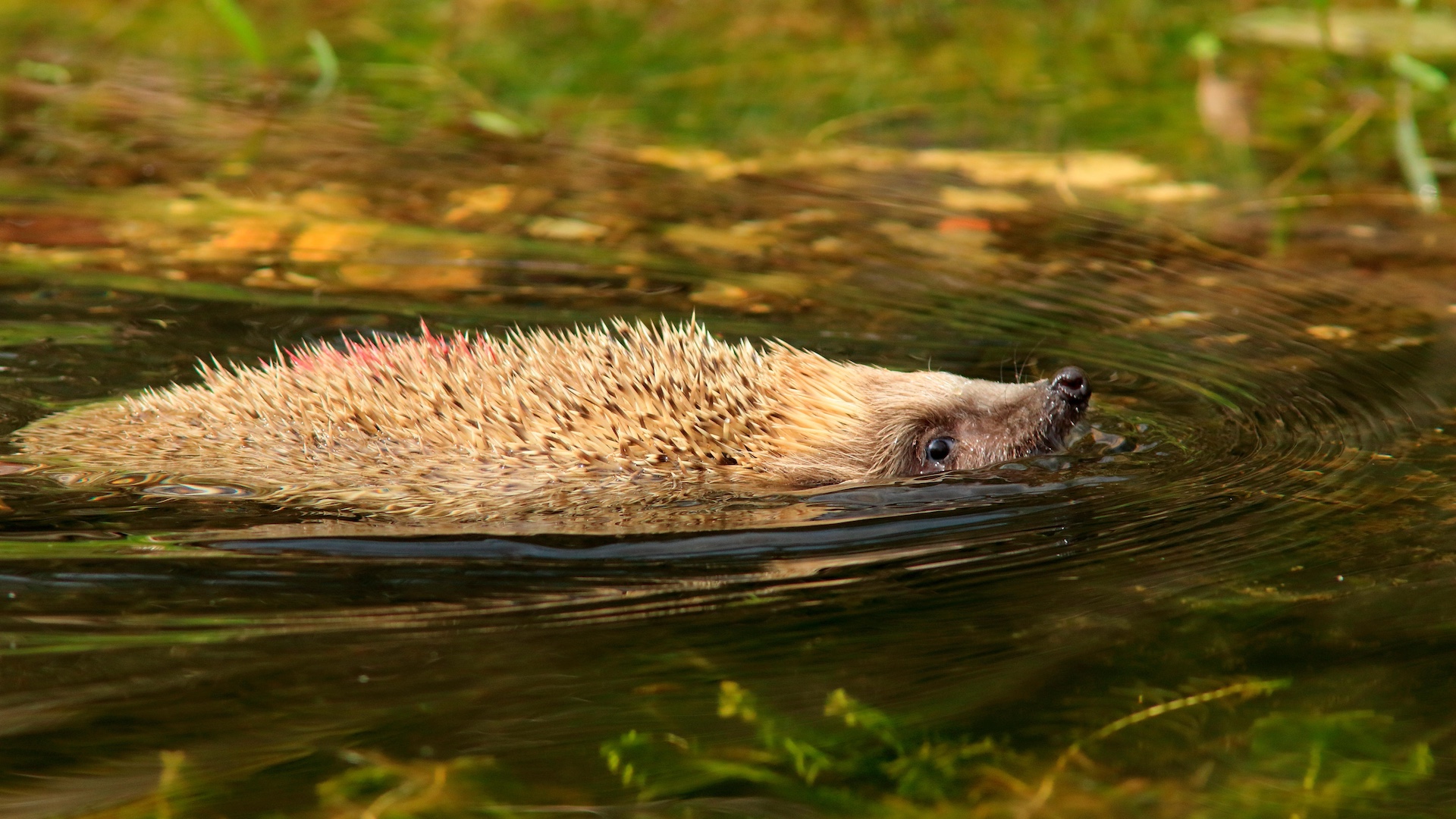
A picture of floating pin cushion springs to mind when you try to imagine a hedgehog swimming, but they are in fact naturals in the water. Their spines are hollow tubes, giving super buoyancy and there are records of them swimming up to half a mile.
The major snag is that once they’re in, they often can’t get out, especially if they dare a quick dip in a swimming pool without considering their exit. So when you hear of drowned hedgehogs, it’s unlikely to be a lack of swimming ability but sadly sheer exhaustion.
6. Koalas have fingerprints like humans
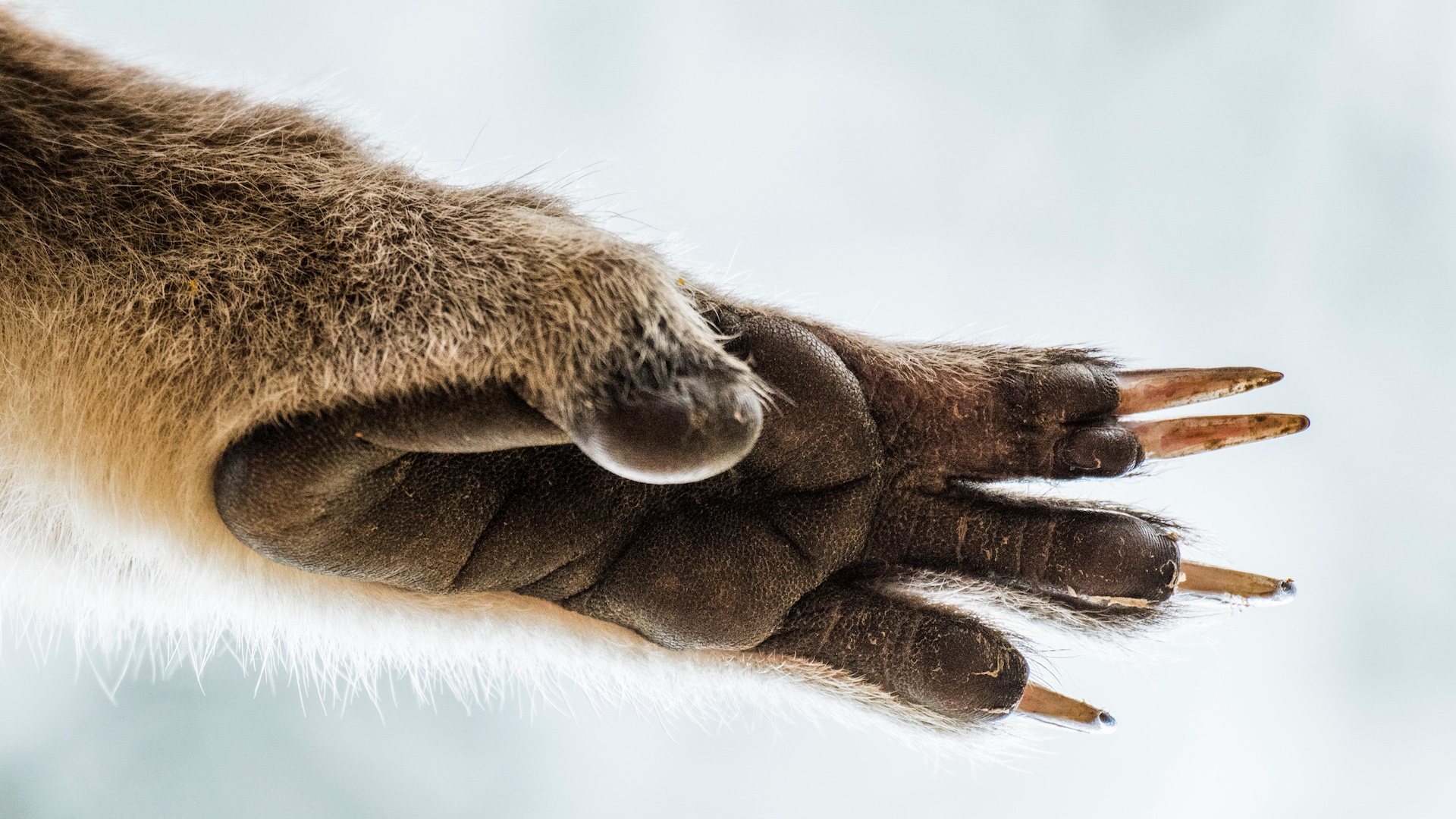
The difference between a hand and a paw is the presence of an opposing thumb – which koalas have, as well as great apes.
But it’s the koala that has hands that are remarkably similar to humans’, with their fingerprints being similarly complex and individual, with whorls, loops and ridges. So much so, that some social posts doing the rounds have implied that fingerprints of humans and koalas have been mistaken at crime scenes. However, this is likely to be false news – modern technology can tell them apart despite their similarities.
Besides, can you imagine a koala robbing a bank?
7. Bees can recognize humans
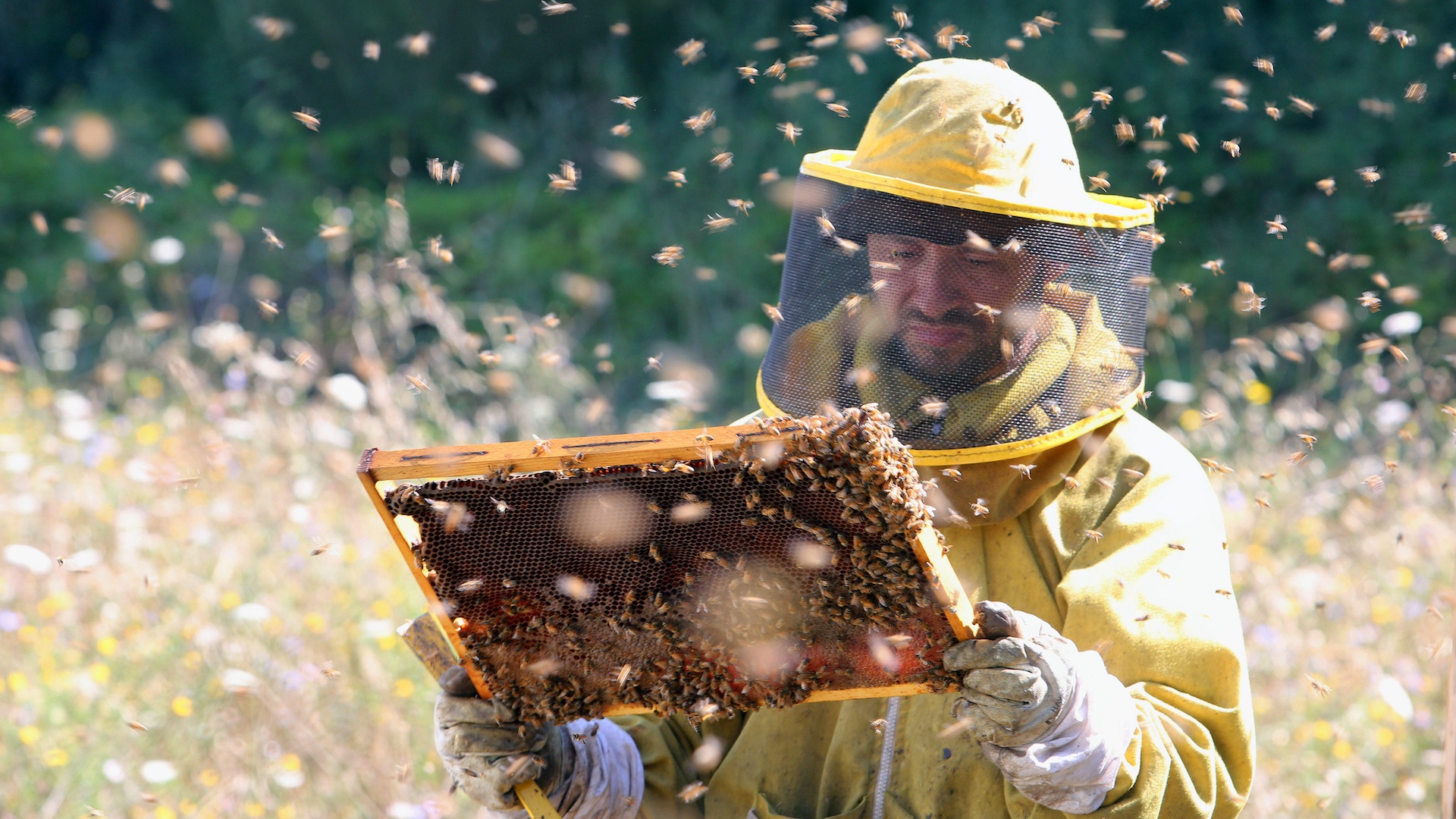
Honeybees can distinguish between different human faces, according to a study – apparently with up to 90% accuracy. They can differentiate between tasty flowers, so why not faces?
The researchers used sugar water as a reward to encourage them to approach a specific face, and even when the reward was not forthcoming, they continued to pick out the target face. Perhaps we look like strange flowers...
8. Sea otters sleep holding hands
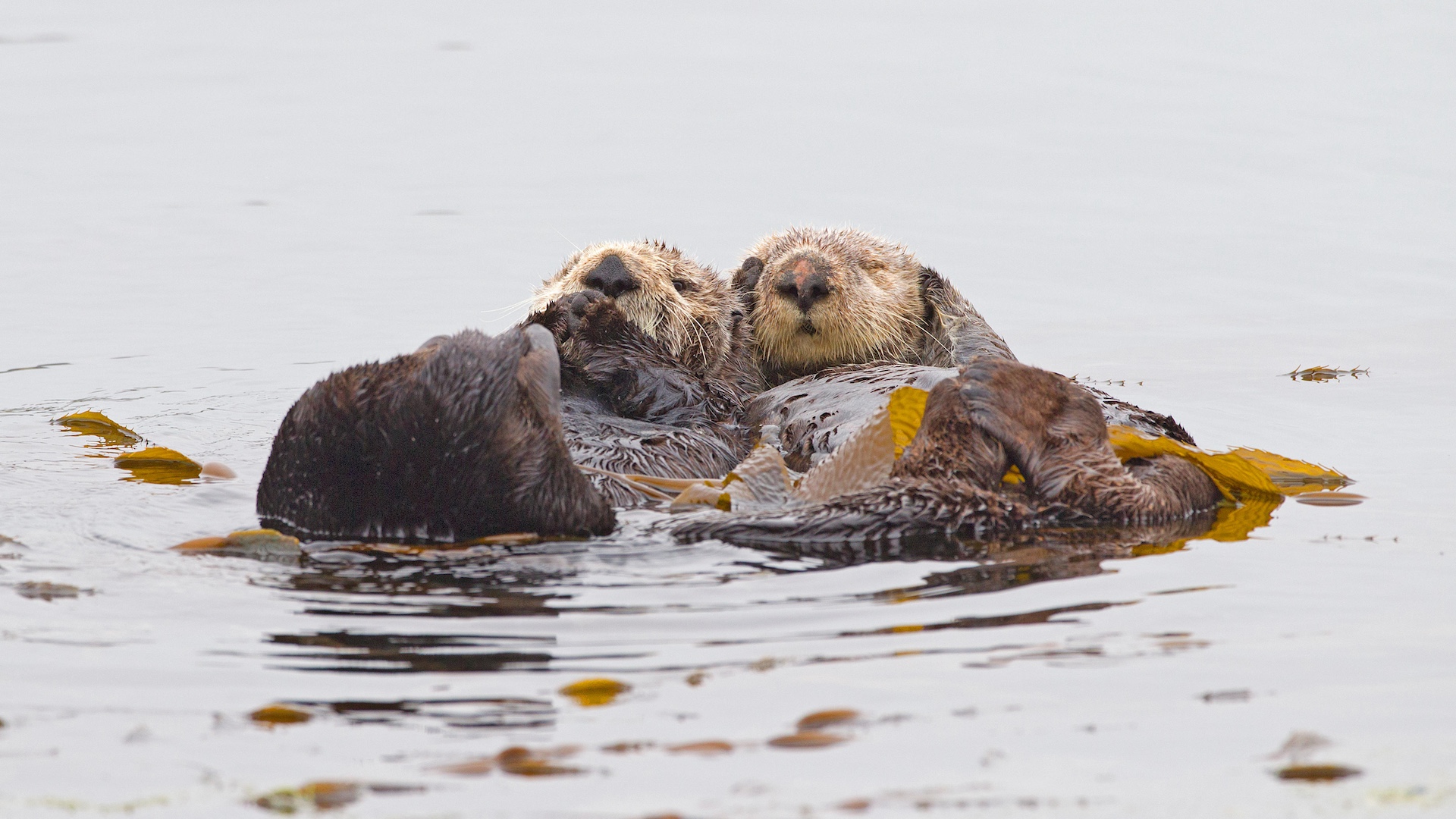
Sea otters are cute enough before you learn that they cuddle each other – and even link paws – while they are sleeping. This is a practical move to prevent them drifting away from the group in the ocean, known as “rafting”.
It helps keep the group safe, conserve energy and warmth – and can be spotted in anything from couples to rafts of up to 200.
9. Octopuses have three hearts and nine brains

We know about an octopus’s eight arms, but less well known is the fact that each arm contains a mini-brain, plus a doughnut-shaped central one. This gives it the highest brain:body ratio of any invertebrate, and research has shown they can solve puzzles to obtain food.
Plus, they have three hearts: one for circulating blood around the body and two to pump it past the gills. All those legs require efficient circulation!
10. Penguins give rocks for love

It’s an adorable image. Boy gentoo penguin woos girl penguin with lovely pebble and she falls head over heels for the suitor that brings her the shiniest, smoothest one, which signifies they will build their nest together.
However, it’s probably a little less cute in reality than we’d like to believe. The males may nick a neighbour’s pebble already laid down in a lovers’ nest, which causes quite a kerfuffle – and not all penguin partnerships last for life.
11. Turtles can breathe through their butts
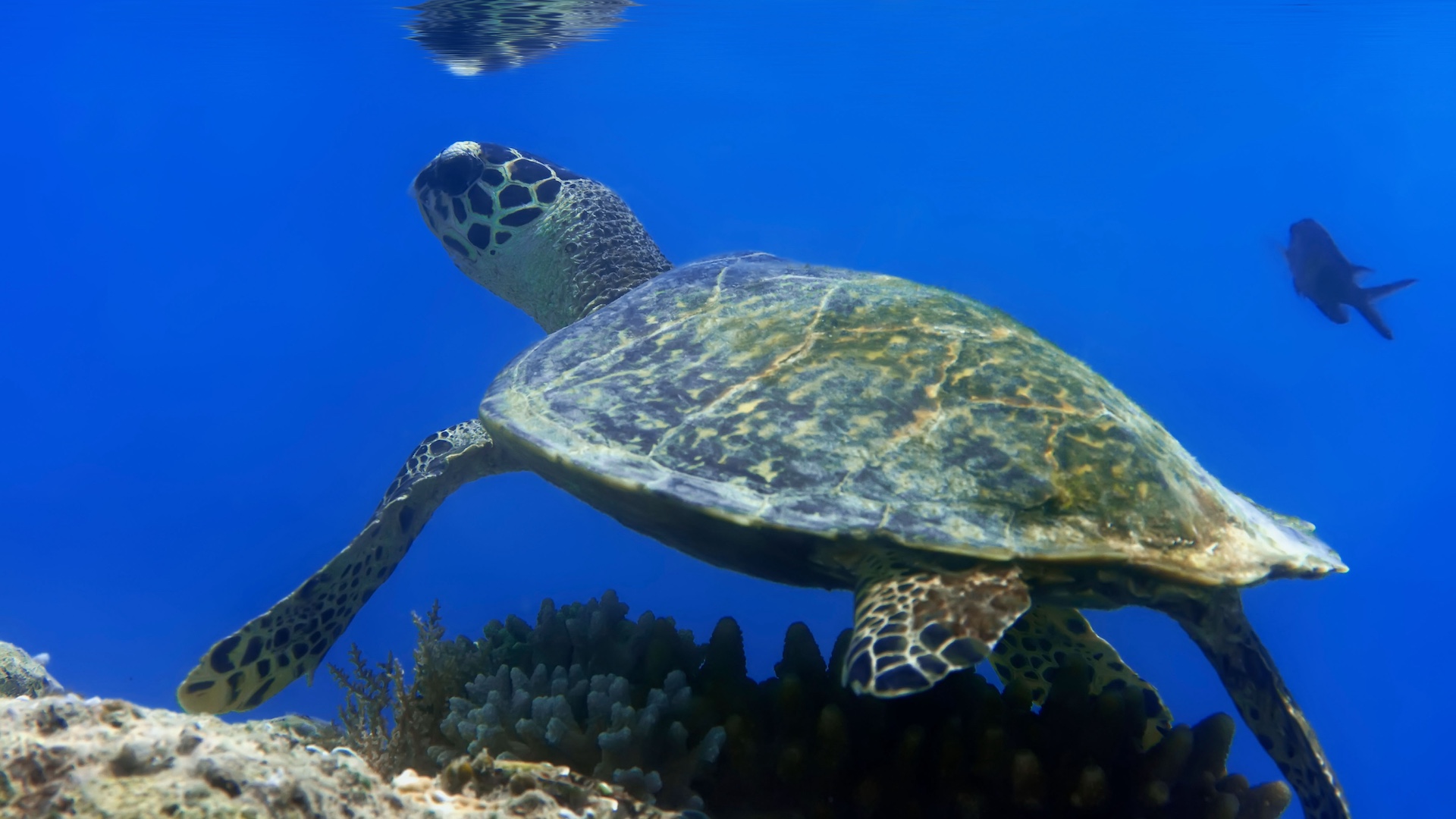
The official name for “butt-breathing” is cloacal respiration. This enables certain reptiles, such as turtles, and amphibians to breathe while they are underwater.
Many turtles enter a period of hibernation – correctly termed brumation for reptiles – during the colder months. They are typically submerged in water and although they require less oxygen because their metabolic needs are very low, what they do need, they get from breathing through their butts.
12. The mantis shrimp punches so fast it boils water

This really is as crazy as it sounds. The mantis shrimp is as violent as it is dazzlingly beautiful. They can act with lightning speed and lethal strength, whether piercing, smashing or clubbing their victims.
They have truncheon-like limbs that grow out of the side of their mouths, which they can swing at up to 50mph – and this despite water resistance! This speed of strike is so powerful that the friction on impact can set the surrounding water boiling. Deadly as a lion’s bite, as lethal as a bullet, this crustacean is not to be messed with.
13. Butterflies taste with their feet
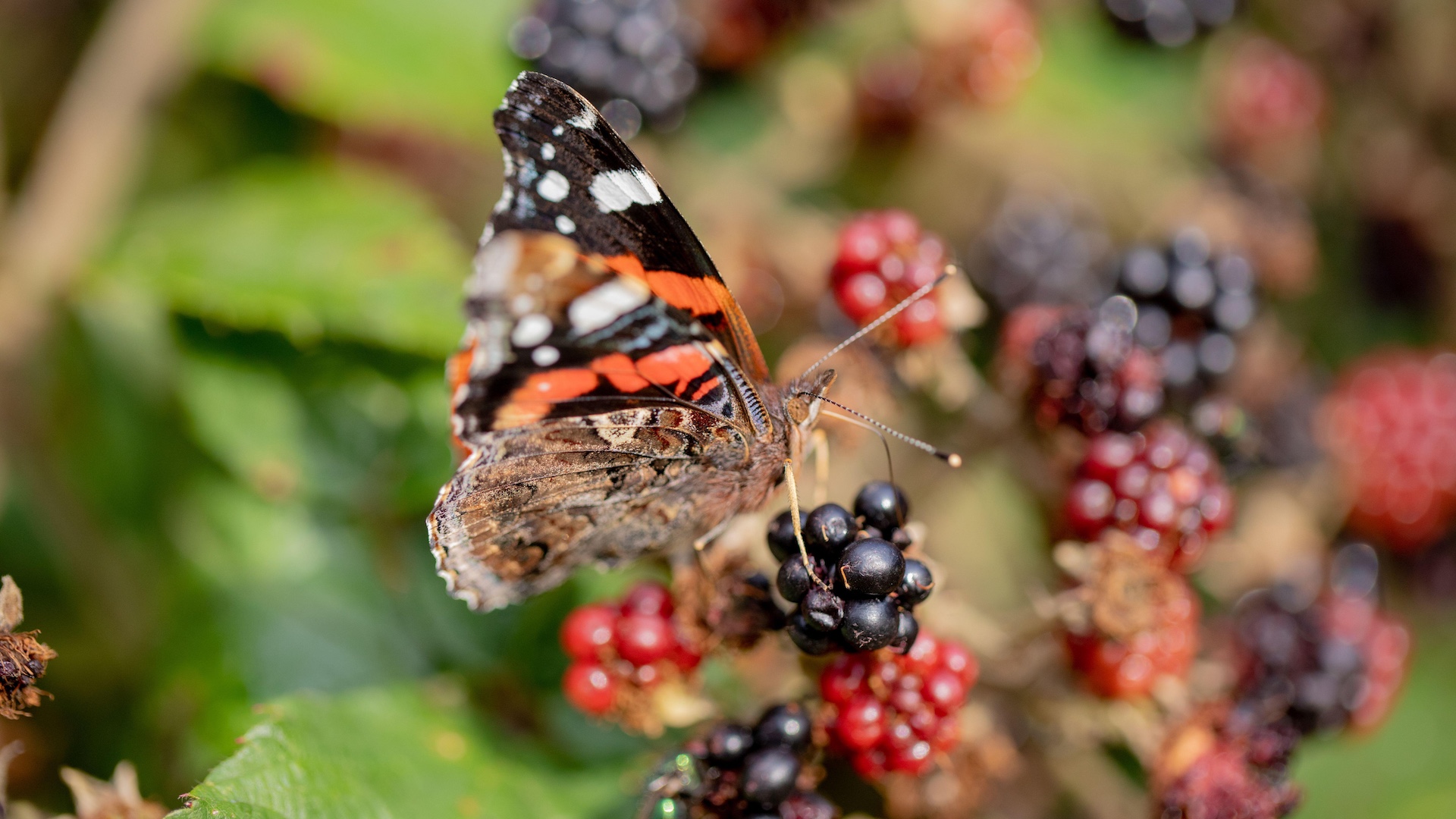
Eating with your (unwashed) feet is definitely considered gross in our world, but it’s an everyday dining experience for a butterfly. Most of their taste sensors are located on their feet, with much fewer on their antennae and proboscis.
When they are looking for nectar to sate their appetite, they can quickly tell from landing on a flower, and a quick taste test with its feet, whether it has sufficient nutrients. Moreover, as a female butterfly alights on a plant, it tastes its landing pad to see if it’s a good, safe home for its eggs to hatch into caterpillars.
14. Rats laugh when they are tickled
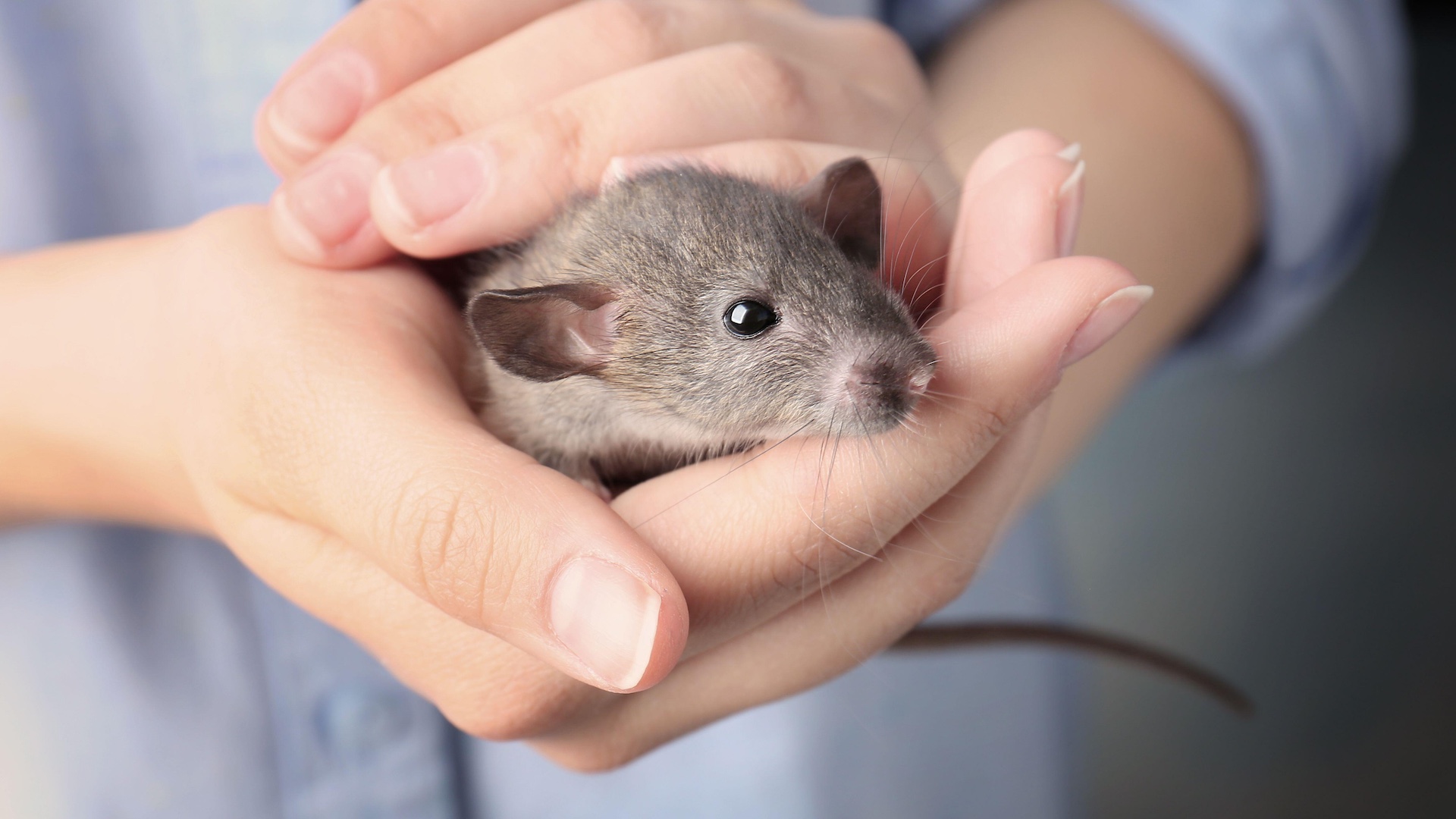
Research on “laughing rats” has discovered that these rodents display more than a passing resemblance to primitive human laughter in response to tickling and play. Alas for those who want to join in with the merriment, a rat’s laugh is too high-pitched for us to hear. However, there is a laugh centre in their brain that is activated when they are tickled or played with and it sends them into fits of giggles.
15. There’s a breed of dog that looks like a mop
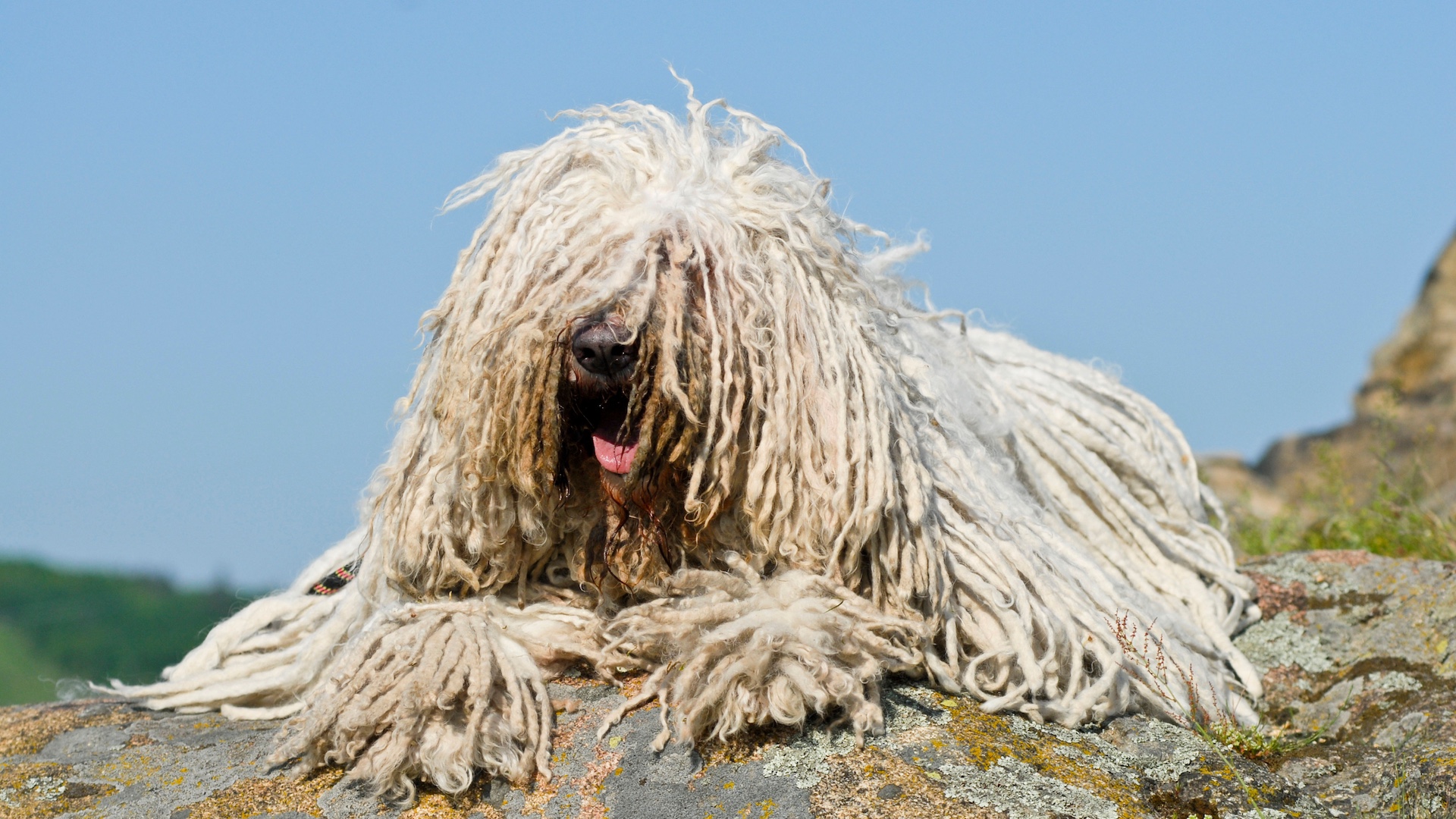
The Hungarian sheepdog, or Komondor, is a herding breed also known as a mop dog on account of its white dreadlocks. Their coat is long, thick and forms natural cords (with a little bit of help so as not to turn into a general mat) over about two years – just like a mop.
Their coats are nearly a foot long and these dogs carry the heaviest amount of fur of any breed around. Just imagine when they get wet – with no mop bucket to wring them out!
16. A lobster’s bladder is in its head
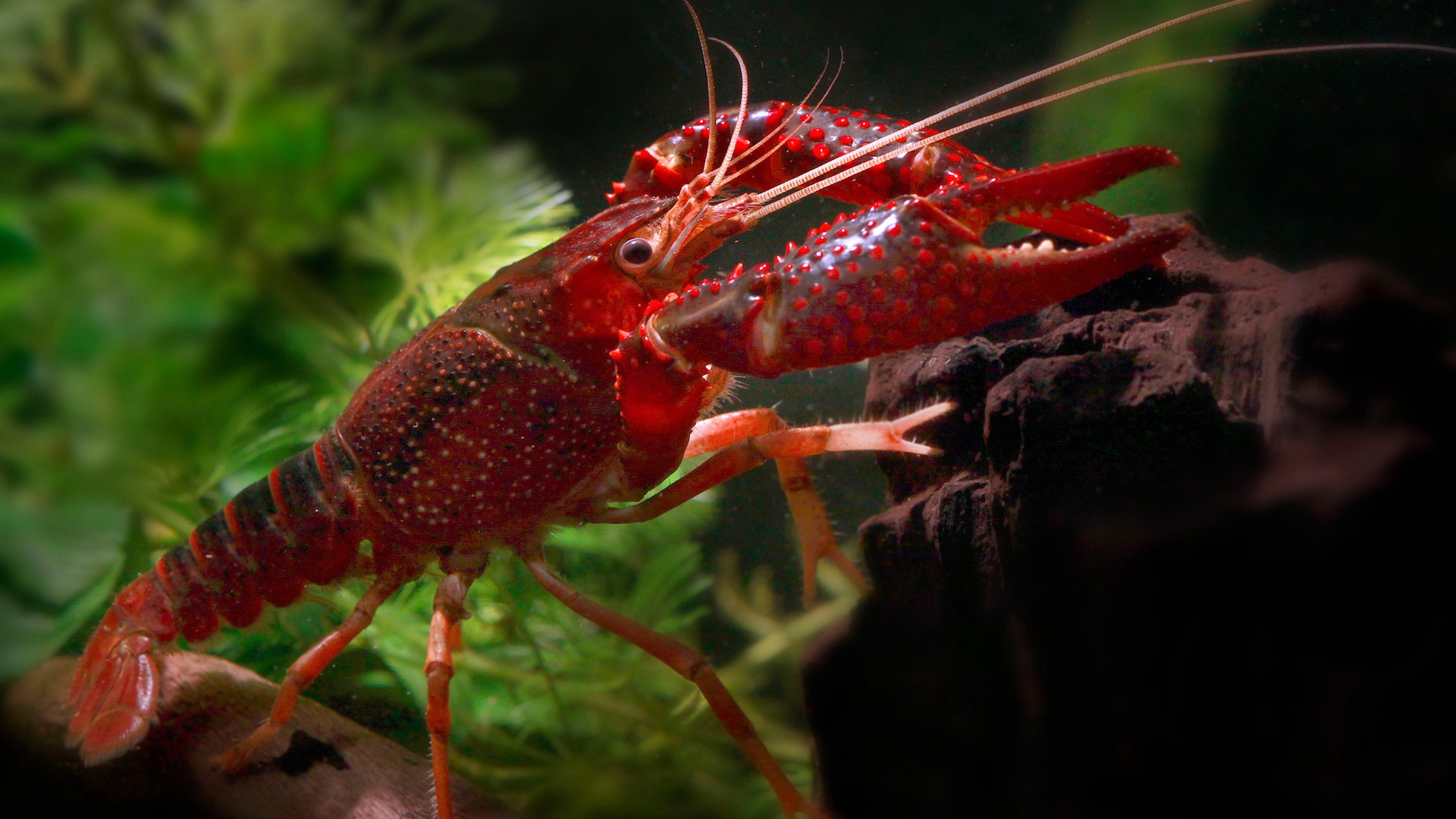
Yes, it’s true, lobsters pee out of their faces. Their bladder is located under their brain, and they have nozzles for urinating under their eyes. In fact, they communicate by peeing in one another’s faces – whether it’s fighting or mating (which the female only does when she’s shed her shell and before she’s grown a new one).
In this light, it’s somewhat surprising they’re such a delicacy!
17. Elephants throw dust on themselves like sunscreen
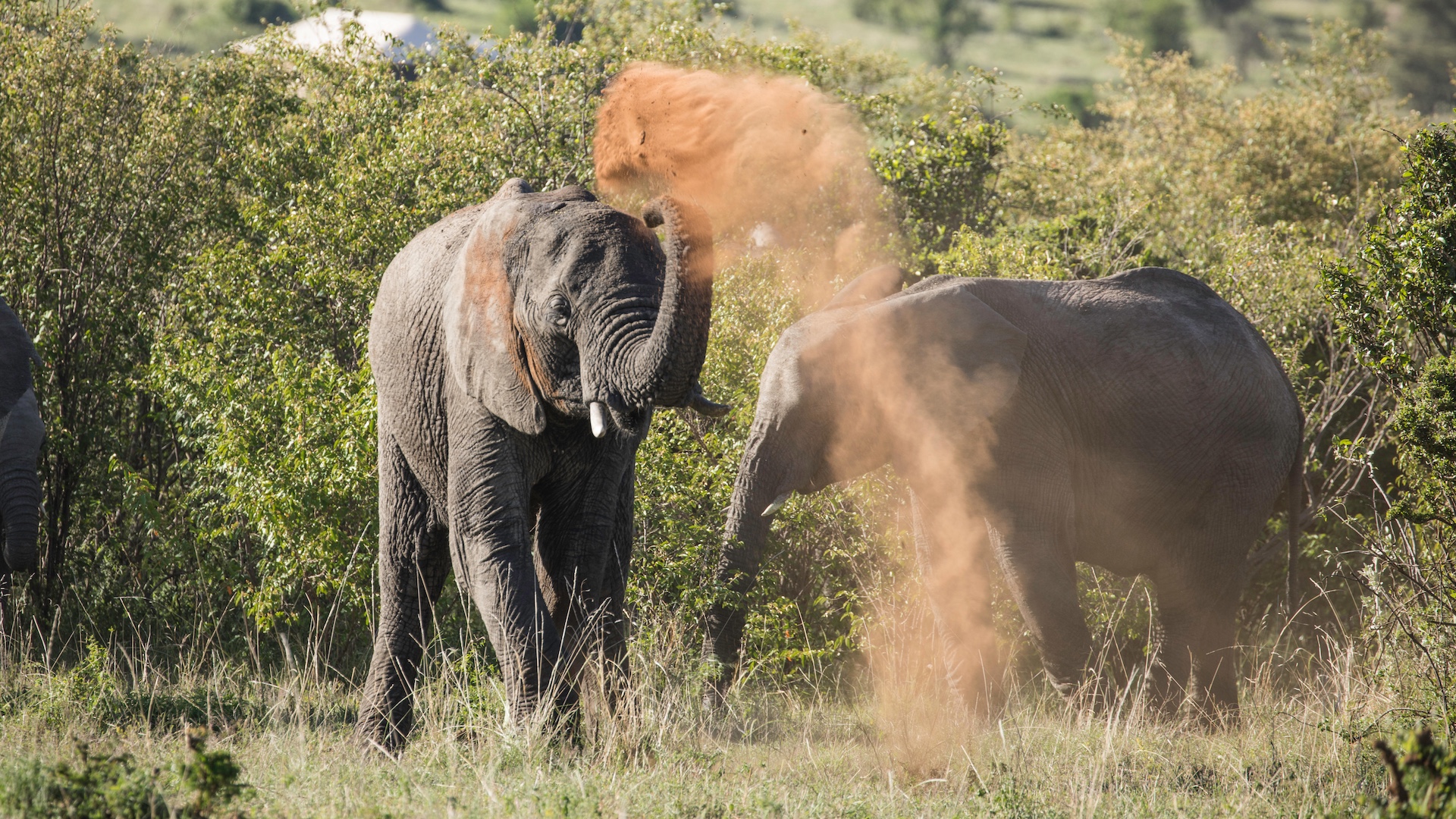
While an elephant throwing dust around with their trunks looks hilarious, like a little kid throwing sand in delight on the beach, this is actually a smart move. The dirt acts as a natural sunblock, protecting the elephant’s skin from burning UV rays. Even cleverer, they typically squirt water over themselves first, to help the dust to stick.
18. Elephants can’t jump

Can you imagine an elephant jumping? Apart from the concern that the landing would cause an earth tremor, elephants cannot physically spring with all four feet off the ground at once.
Trying to propel four tonnes airborne is simply not possible. Besides, they don’t need to. They have their imposing size, presence and social structure to keep them safe from any potential predator.
19. Some snakes can play dead

If snakes weren’t so scary this would be the funniest fact of all. But there’s something of the last-gasp thriller, when the villain comes back to life, about a snake pretending to be dead.
It’s actually a defensive strategy, adopted chiefly by the hognose snake (not considered dangerous to humans) to avoid being attacked by predators. It’s quite the Oscar-winning performance: they flip dramatically on to their back, gape their mouths open and stick out their tongue. Fooled you!
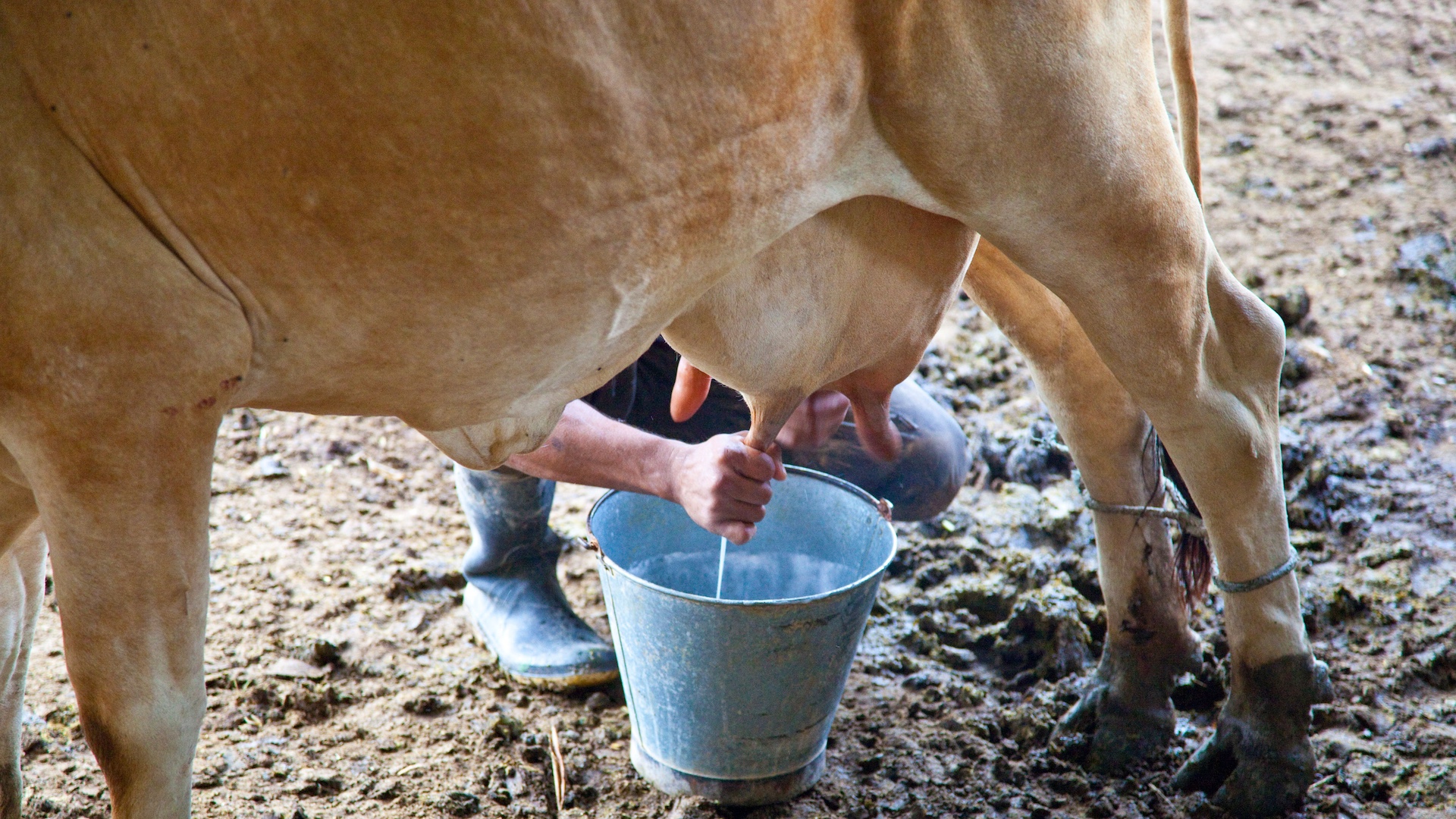
20. Soothing music makes cows produce more milk
Dairy farmers started playing music to their herd initially to drown out the noises of the robotic milking system, and discovered it not only calmed the cows down, but helped improve their milk flow.
Research on music and tactile stimuli during daily milking found that classical, more soothing music is preferred to fast tunes with a heavy beat.
Read next: Interesting cat facts or funny hamster facts
Martha is an experienced journalist working in both print and digital media. She specializes in the canine, equine and rural sphere where she has covered a wide range of topics from cloning animals and the ingredients for a perfect yard dog, to helping owners find the best canine GPS trackers on the market. When she’s not busy writing about dogs and horses, she’ll be found either aboard a horse or looking after the menagerie of pets in her care.
